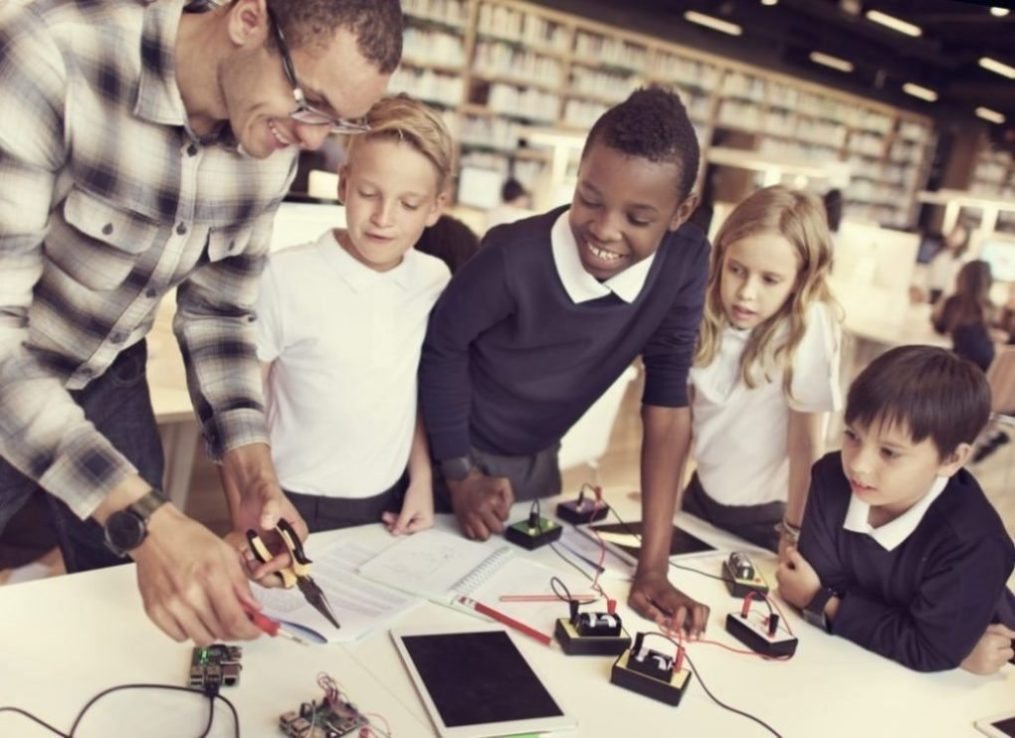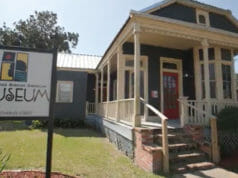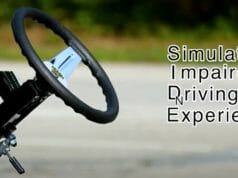STEM is something we should all be excited about! Science, Technology, Engineering and Math are not the scary or overwhelming disciplines only studied in school or practiced exclusively in elite careers. STEM is everywhere! It’s not just for doctors and rocket scientists, but chefs and firefighters all need STEM.










STEM is more than a catchy acronym representing four areas of study. The focus on thinking through a problem and working with others to come up with new answers is what the future will require. The world is an information highway and STEM is what keeps it moving. The last 50 years have seen technology become part of everything. STEM has been the foundation of that growth. It is hard to imagine what innovations the next 50 years will bring. But, all new discovery and progress will come by using STEM. Our health, our economy and the way we live, work and play will depend on STEM.
As an educator and grandmother of eight I am excited about what the schools are doing to help meet the growing demand for STEM education. But STEM goes beyond the classroom. Kids, especially if they don’t think STEM is for them, should be encouraged to try an afterschool club. Throughout the community Saturday programs are offered and summer is the time to take advantage of STEM related camps for girls and boys. But it doesn’t have to be complicated or expensive; sometimes it’s just a matter of observing the world around us and talking about what we see. Look at the beauty of a sunset, talk about the colors and what creates such beauty. Involve kids in STEM by letting them grow a small garden, help them care for a pet, talk about everyday things; recycling, water conservation and nutrition. Ask them if they know how their cell phone works. Don’t worry – if you don’t know the answers you can use technology and look the answers up together. That is problem solving.
An article in Education Week Teacher, by Anne Jolly explained the STEM acronym and expanded my thinking.
Science isn’t limited to the laboratory, test tubes and equations. It is the study of the natural world. That means everything!
Technology was the big surprise for me. I tend to think of digital technology because we are surrounded by it. Jolly explained technology could be anything created by humans to fulfill a need. It might be a chair or a pencil. It could be anything students make to solve a problem. I wonder if drones were born out of a student flying a paper airplane to deliver a note in class.
Engineering is about problem solving. Trial and error, learning from mistakes, and trying again, are part of the process. It may have taken 10 tries to get the folds and balance just right to make that paper airplane fly straight and true. That is engineering. In the end, a solution is found. We engineer more than we give ourselves credit for.
As for Math – “What do numbers, shapes and measures have to do with anything I’m interested in?” Everything!
My grandchildren are interested in careers that all have the need for STEM skills. The obvious ones are forensic anthropology, nursing and paleontology. Three others are leaning toward theatre, writing and music production, not typical STEM careers but just as dependent on STEM skills.
The theatre student, whether designing costumes or sets, will need to use STEM in many problem solving applications; determining fabric yardage for costumes or calculating lighting angles. The music producer will need to apply technology to sound and have knowledge of acoustics. Electronics will be his tools. The writer will research, imagine, draft and edit many times. Whether she uses a pencil or digital technology to produce her first novel or screenplay, she will use technology.
Two grandchildren are undecided or, as they like to say, keeping their options open. No matter what field of study or career path they decide on, STEM education will play a big role in their success.
All of us enter the world as scientists. Our existence depends, not only on our caretakers but, on our innate need to survive. Those survival skills are dependent on our earliest observations of cause and effect. Crying results in having our needs met. Smiling and cooing causes a positive interaction. Dropping something over and over causes someone to pick it up again and again. You get the idea.
Children are natural explorers, investigators, collaborators and inventors. The development of these skills affects their ability to solve problems, communicate and connect the dots in the world around them. These skills, STEM, will determine their career choices and their future.
STEM is part of our lives every day; we just have to think about it.